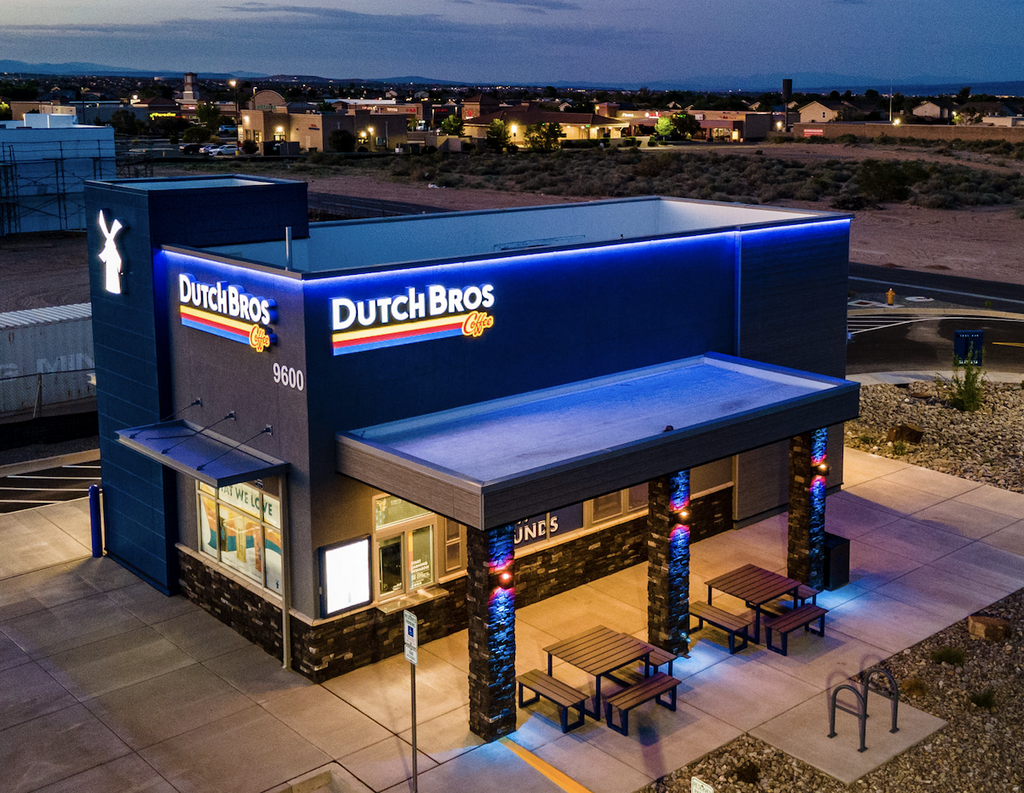
Resilient Consumer Spending: A Pillar of Economic Growth
Despite concerns over economic slowdowns, U.S. consumer spending has remained surprisingly resilient in 2024. Retail sales, a crucial indicator of economic health, have outpaced expectations, even as analysts anticipated a cooling off. This continued consumer activity has been a key driver in keeping the economy buoyant, contributing significantly to GDP growth.

The Role of Consumer Confidence
Consumer confidence has played a pivotal role in sustaining spending levels. Although inflationary pressures and economic uncertainties persist, Americans have shown a willingness to spend, particularly in sectors like retail and services. This confidence suggests that, despite economic headwinds, consumers are not retreating but instead adapting to the current economic landscape.

Retail Sales: A Mixed Bag
While overall retail sales have shown strength, certain sectors have experienced volatility. For example, motor vehicle sales have been disrupted by factors like cyberattacks, leading to temporary declines. However, these setbacks are expected to be short-lived, with sales rebounding in subsequent months, further bolstering the economy.

Implications for the Federal Reserve
The sustained consumer spending raises questions about future Federal Reserve policies. With inflation gradually easing and economic growth continuing, the Fed may find itself in a position to adjust its monetary policies more cautiously. This environment could lead to a more stable economic outlook in the coming quarters.

Looking Ahead: Will the Trend Continue?
As we move further into 2024, the big question remains: will U.S. consumers continue to defy expectations? While some analysts predict a slowdown, the current momentum suggests that the consumer-driven economy may have more room to grow, potentially driving further economic expansion.






